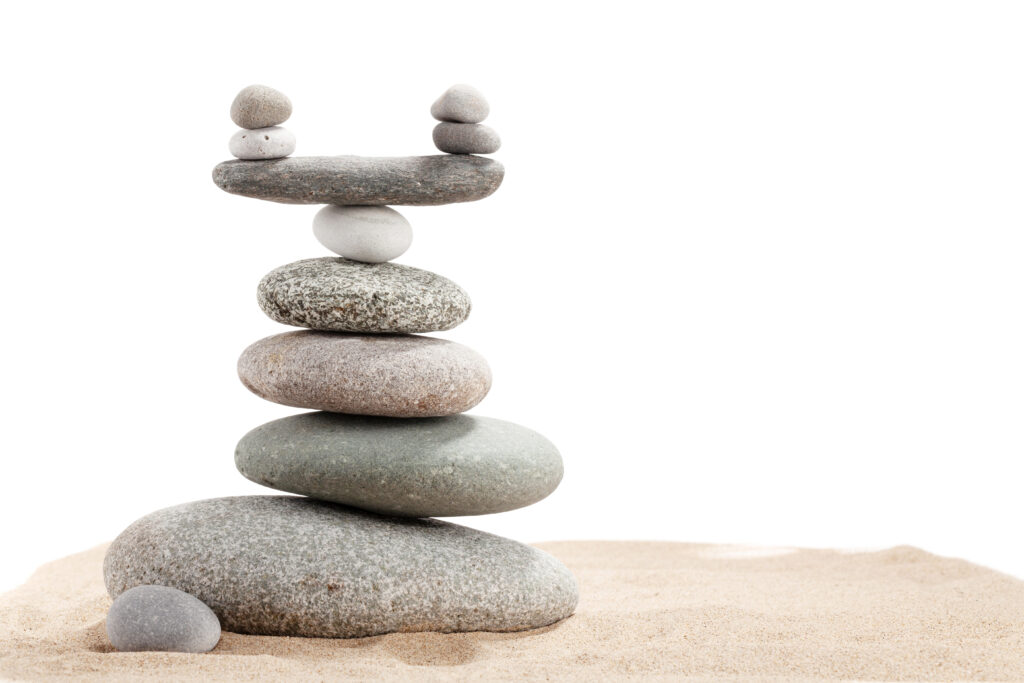Easily tired and lacking the usual energy at work? Having difficulty concentrating or taking longer than usual to finish tasks? Feeling trapped and easily frustrated or neglecting workload and colleagues? Finding it hard to sleep and more so to get up for work?
That could be burnout already, and if so, you are likely not alone. The Philippines recorded the highest burnout rate among working adults in Southeast Asia at 70.71 percent in a 2024 study of working adults in the region. The study, which included 18 to 65yo full-time employees from Malaysia, Singapore, the Philippines and Indonesia, also revealed that Filipino respondents had the highest incidence of severe and above symptoms of anxiety, depression and stress across all four countries.1
Public relations has long had the reputation of being a very stressful job. The nature of PR work makes the job prone, if not predisposed, to high stress levels and PR professionals susceptible to burnout. It being a service industry renders PR companies and PR people subject to client demands, even whims and caprices, and often times with very tight turnaround times.
The high turnover rate in PR is an indicator of burnout level and even workplace mental health. Work burnout has a direct correlation with job satisfaction and retention. Half of respondents in The State of Work-Life Balance in PR report from leading AI-powered PR software provider Muck Rack admitted burnout was the main reason for their considering quitting their job in the last year, with almost the same number saying they had left a previous job because of burnout.2
PR culture a factor of work burnout
The “always-on” culture in public relations is a major factor in WLB, or the lack thereof. While it enables PR pros to carry out deliverables committed to and thus build credibility with clients, this culture blurs the boundaries between professional and personal time.
Client requests or rush tasks given at odd hours further extend the work hours for many who are already clocking in more than eight-hour workdays to meet tight deadlines from the several accounts they handle. Digital connections and the rise of social media have exacerbated this culture, making public relations even more a 24/7 job and PR professionals highly accessible to clients anytime and anywhere. Remote work has not helped curb client expectations of constant availability and responsiveness to requests.
This always-on expectation has made switching off after work an increasingly thorny situation. Almost all of the respondents in The State of Work-Life Balance in PR report said they have difficulty switching off after work. A quarter of them said being always on was a main stressor.
PR professionals surveyed in The State of Work-Life Balance in PR report, which consolidated findings from two surveys of more than 2,200 responses, ranked their stress level as a 7 on a scale of 1 to 10 with 10 being the most stressful. Only 15 percent gave a rank of 5 for their stress level. Those working at agencies reported higher stress levels than those working with brands.3
WLB a high-wire walk in PR

It is not just about having to be always on. Most PR teams, particularly in smaller agencies, are pooled resources. A PR associate or manager is assigned several accounts, so the workload can be overwhelming.
The mere volume of tasks would require one to work ungodly hours, especially during crucial periods such as when a client or two have a product launch or a media event. The overlapping or conflicting schedules and demands of the different accounts do not make executing all the deliverables any easier, especially if there is no coordination among the different persons involved. Further, reporting to more than one supervisor or manager can sometimes induce stress or anxiety, again the lack of coordination or consultation among the different team leads failing to make work more manageable for the rest of their teams.
The extended and unpredictable hours in PR work are not only physically draining but can also cause mental or psychological fatigue. Having to constantly be on alert to respond to client queries or knowing one’s evening or weekend or even vacation can be interrupted, or worse cancelled, because of an urgent client request can cause anxiety. Expectations of constant availability, either from client or managers (maybe both), especially when preparing for an event or there is a breaking news and without regard for one’s personal prior commitment, can lead to mental distress.
Overall, the feeling of lack of control over one’s work and hours — and by extension life — is a major stressor for many in the PR field. Of course, clients can be overly demanding, and they would not be totally at fault for having requirements. Job security and salary, interpersonal relationships in the office, and commuting and traffic concerns add to work stress. In the Philippines, commuting on a rainy day knowing the likelihood of flooding is highly distressing.
The prevalence of digital technologies, in particular social media, while opening opportunities for PR professionals to meet client needs, has also been a cause of work stress. For one, it has compounded the always-on culture, with some clients and even PR leaders themselves practicing FOMO and expecting constant vigilance on the part of their teams.
Why is work-life balance so important?
In PR work or outside of it, finding the harmony between one’s professional and personal lives can be the secret to finding not just greater job engagement and satisfaction but also improved overall health and a sense of happiness.
The sad news is that for many Filipinos, work-life balance is a distant dream. The Philippines ranked 59th out of 60 countries in the Global Life-Work Balance Index 2024 by global human resource group Remote. The country scored 27.46 out of 100 with a happiness index at 6.04.4 In the 2025 report, the country moved up to 45th place with a score of 44.62. This was a 14-place upward move, but the Philippines still ranked the second lowest in East and Southeast Asia.5

Worrying figures yes, especially with other studies pointing out higher risks for younger Filipinos. Pinoy employees aged 18 to 24 reported having been affected by severe anxiety, stress and depression more than their older counterparts, according to the 2024 AXA Mind Health Report.6
Not only is the incidence of stress and burnout among the youth higher than that for older Filipinos. Work-related burnout numbers for young Filipinos are also higher than the global average. A Deloitte study shows burnout from workload demands has affected 70 percent of Gen Zs and 63 percent of millennials in the country as opposed to the 45 percent global average. The incidences of anxiety and stress among Gen Zs and millennials in the Philippines are also higher than the global figures: 68 percent among Gen Zs and 48 percent among millennials in the country versus 46 percent and 38 percent for Gen Zs and millennials globally. More than half of respondents from the Philippines noted an increase in incidences of resignation because of these alarming numbers.7
A good number of local PR agencies are populated by young professionals, many of them fresh out of the university. The figures above showing increasing incidences of work burnout among Filipinos and even more disturbing rates for the younger generation should be a wake-up call. The WLB issue is not going away soon, and a more aggressive approach to finding a long-term solution is needed yesterday.
Watch out for the second part of this article.
- https://www.frontiersin.org/journals/public-health/articles/10.3389/fpubh.2024.1326227/full ↩︎
- https://muckrack.com/blog/2024/08/20/state-of-work-life-balance-in-pr/ ↩︎
- https://muckrack.com/blog/2024/08/20/state-of-work-life-balance-in-pr/ ↩︎
- https://www.remotely.com.ph/work-life-balance-in-the-philippines ↩︎
- https://www.bworldonline.com/infographics/2025/06/17/679424/philippines-improves-in-life-work-balance-list/ ↩︎
- https://www.axa.com.ph/multimedia/newsroom/axa-ph-shares-axa-mind-health-report-2024 ↩︎
- https://www.mindyou.com.ph/addressing-the-challenge-of-burnout-in-the-philippines/ ↩︎



